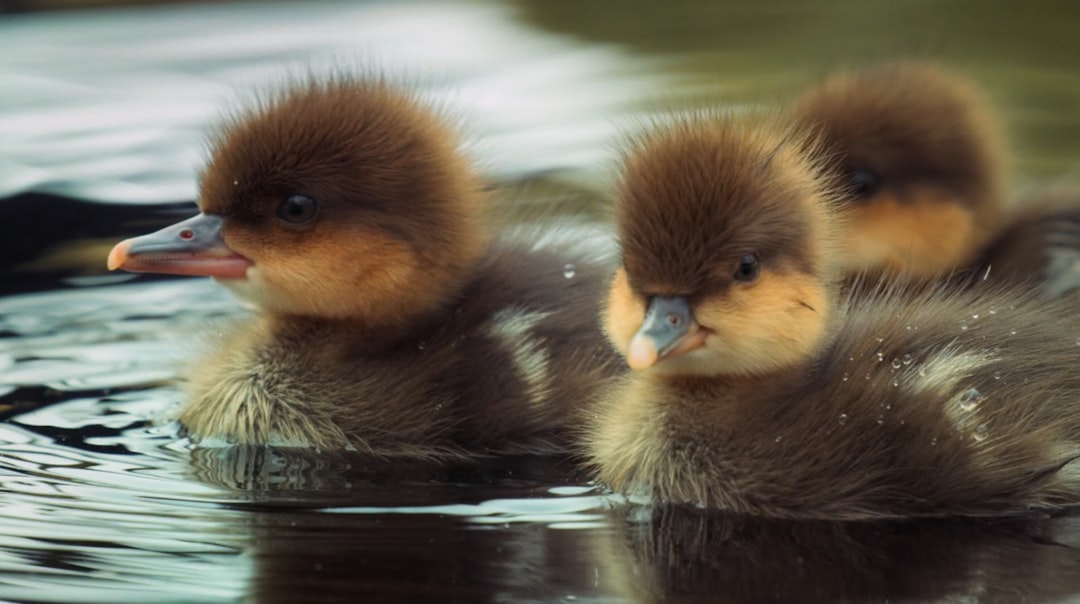What is it about?
With the advancements in the field of wireless communications, the antenna researchers are facing two major issues i.e. compactness and multiband/wideband support of the antenna. A better solution to these issues is mainly addressed in this paper. A 2×1 multiple-input multiple-output flower-shaped patch antenna with large impedance bandwidth and compact size is introduced in this paper. A low mutual coupling is obtained without using any extra decoupling structure that makes the overall structure simple to fabricate.
Featured Image

Photo by Gilles Rolland-Monnet on Unsplash
Why is it important?
The proposed antenna has (i) compact size and (ii) large impedance bandwidth as compared to the previously proposed wideband antennas. Apart from this, a good diversity performance in terms of an extremely low envelope correlation coefficient, diversity gain, multiplexing efficiency, mean effective gain, channel capacity loss and total active reflection coefficient is also shown by the proposed antenna. When used practically with the portable devices such as laptop, the PCB of the motherboard will acts as a large ground plane.
Perspectives
The proposed flower shaped patch antenna is a combination of multiple ellipses having different dimensions. Each ellipse corresponds to a different frequency hence when merged together, they give a wideband behaviour. The effects of the large ground plane along with USB connector and device housing on matching and isolation characteristics are also studied. Not only this, the proposed antenna also shows good performance when placed horizontally and vertically near to a large metallic body. A good performance under the aforementioned scenarios make the proposed antenna a potential candidate for the modern wideband wireless applications.
Mr. Munish Kumar
Guru Gobind Singh Indraprastha University
Read the Original
This page is a summary of: A Compact Flower-shaped Printed Monopole MIMO Antenna for Wideband Applications, Radio Science, October 2019, American Geophysical Union (AGU),
DOI: 10.1029/2019rs006884.
You can read the full text:
Resources
Contributors
The following have contributed to this page










